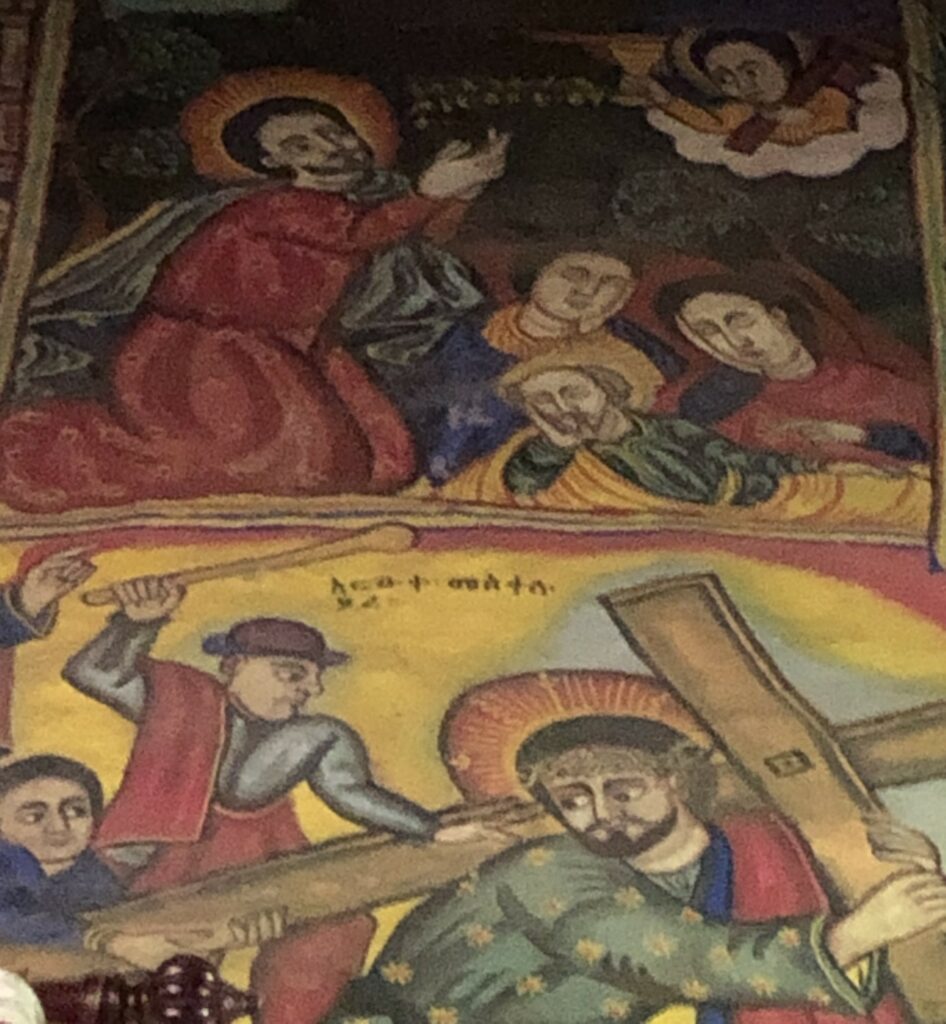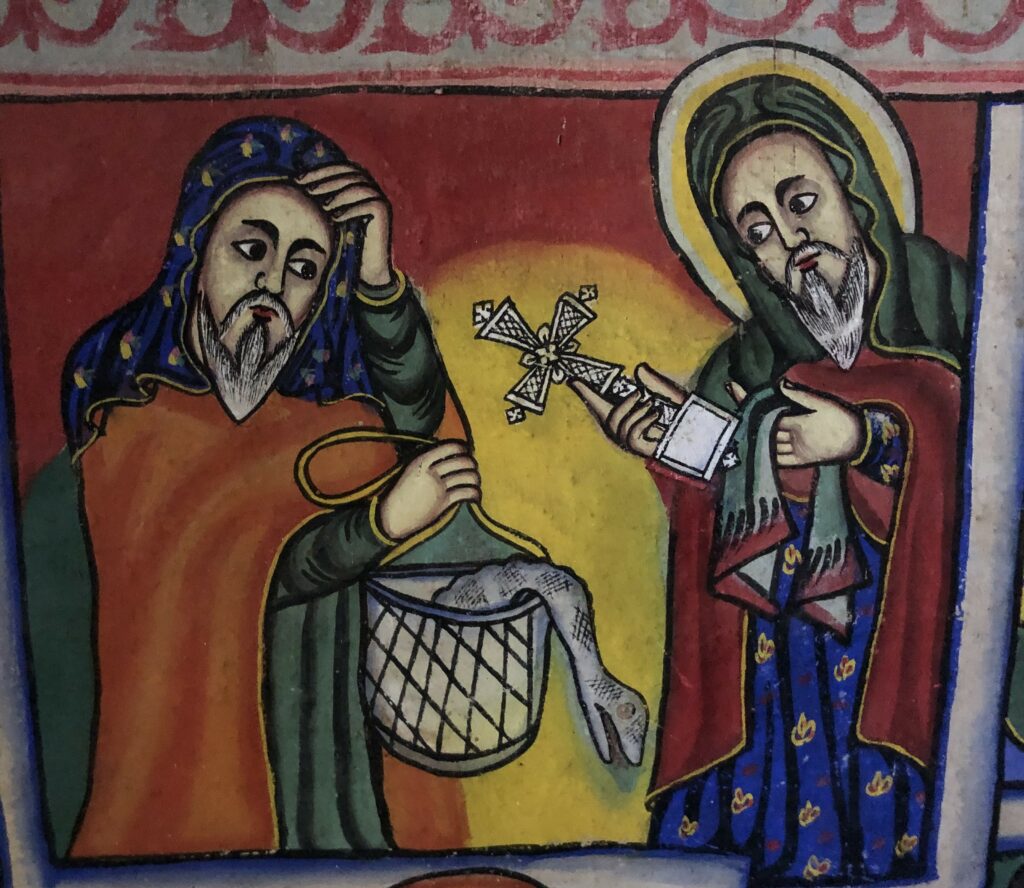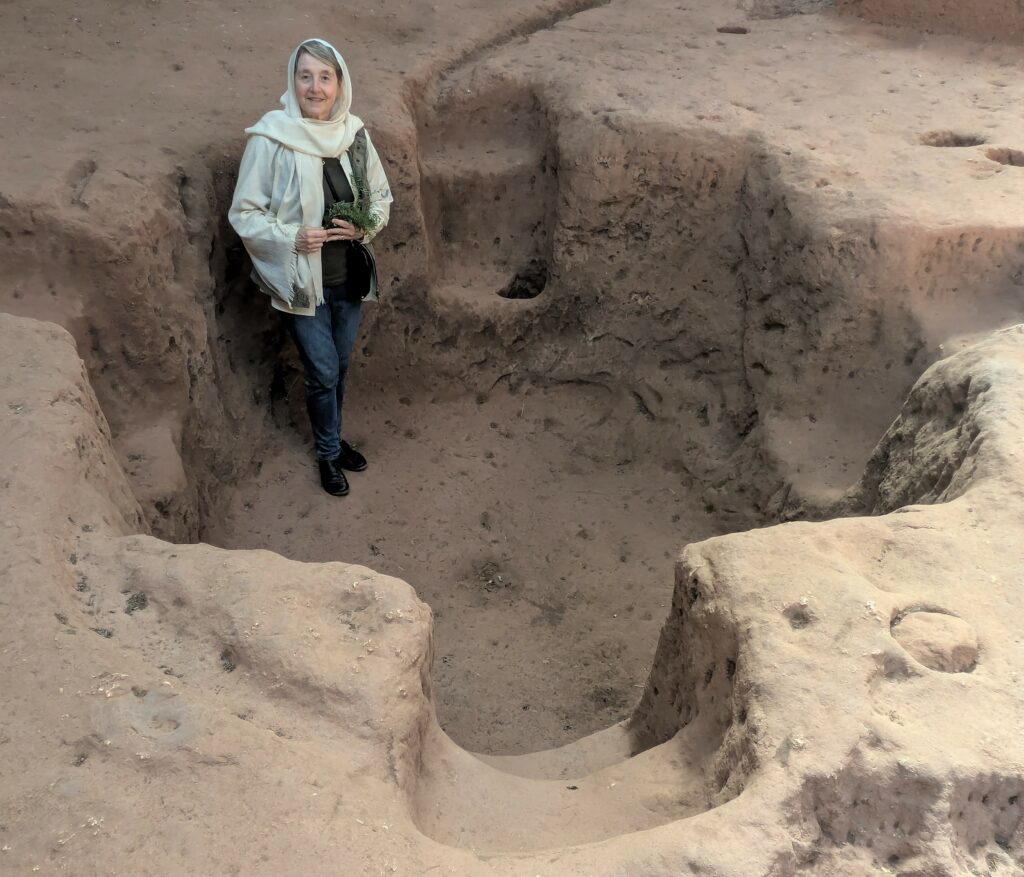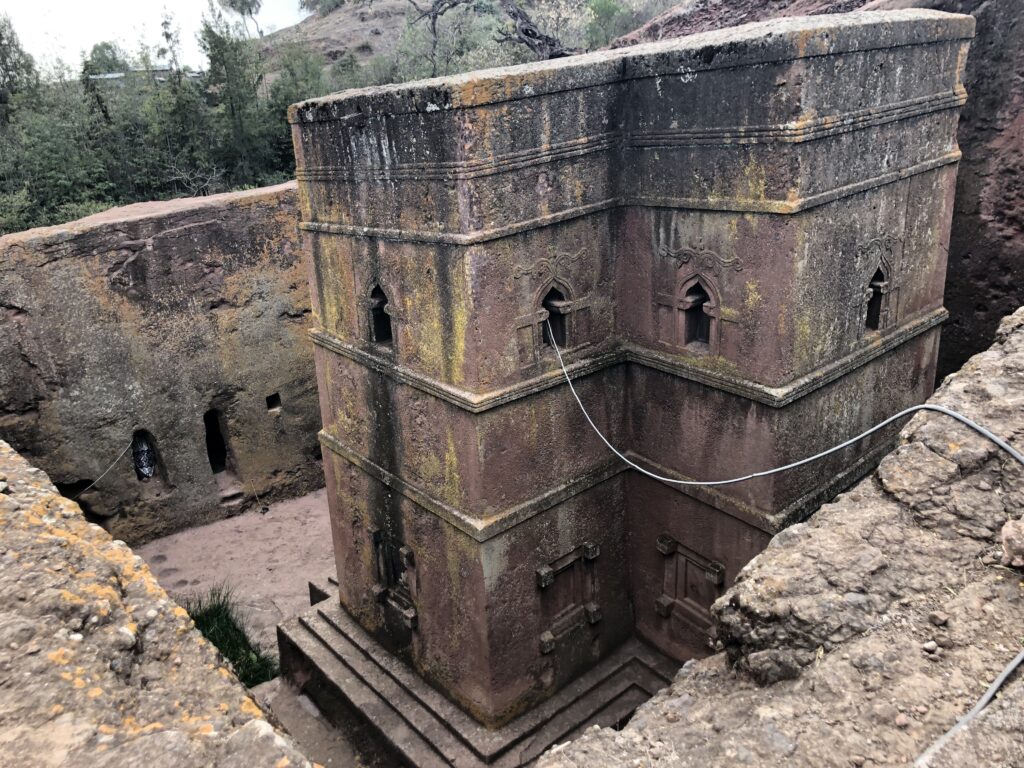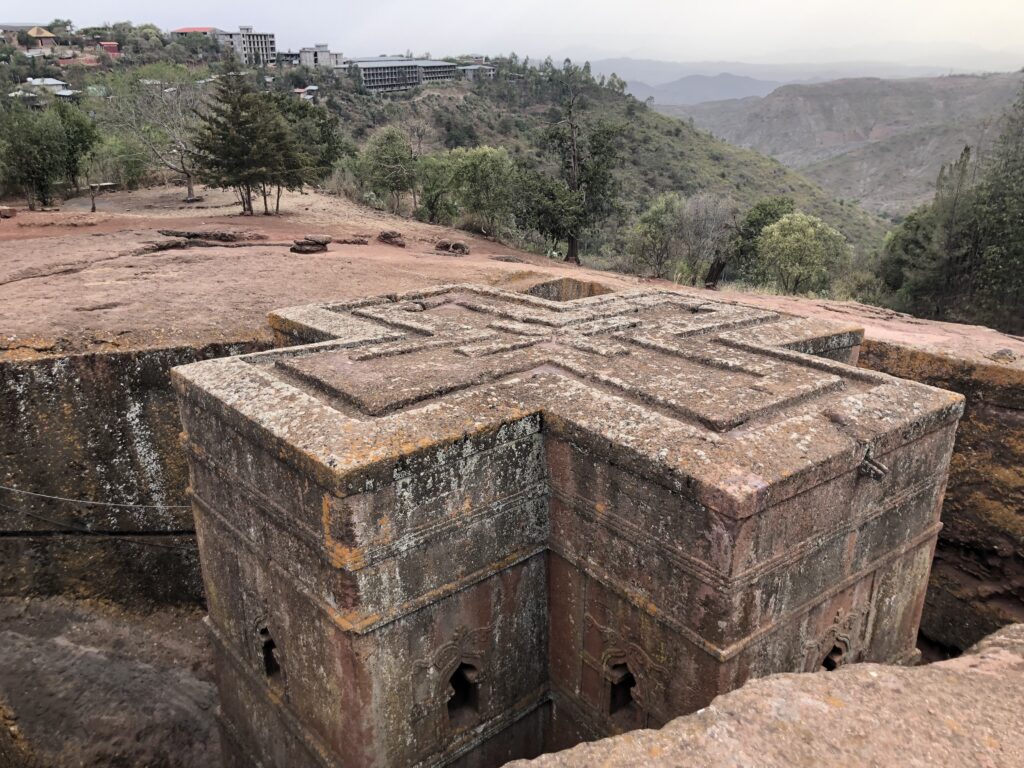OCIA: Prayers at the Presentation of the Lord’s Prayer
This week we turn to one of the final rites of the period of Enlightenment before Holy Saturday: The Presentation of the Lord’s Prayer to the Elect. As I indicated in a previous post on this rite, the presentation of the Lord’s Prayer takes place either on or following the Third Scrutiny on the 5th Sunday in Lent. The RCIA recommends a weekday, while Welcome to Christ designates the Fifth Sunday in Lent.
This rite, along with the presentation of the Creed, makes the most sense in the midst of a regular dismissal of the catechumens to study the Word during the celebration of the Lord’s Supper. They would not be praying the Lord’s Prayer as part of the liturgical assembly. While this would presumably not be their first introduction to the Lord’s Prayer, it would be their first opportunity to truly make it their own.
In the RCIA and OCIA, following the presentation of the Our Father, there is an invitation to prayer and a collect for the rite. While surprisingly the invitation and prayer in the RCIA/OCIA do not contain any explicit references to the Lord’s Prayer or to prayer in general, Welcome to Christ includes a call to commitment to prayer for each season of the church year. The text for year B reads, “As the disciples were taught to follow Jesus by living their life for others, so the church prays for you and for all the needs of the world, confident in the life-giving presence and mercy of Christ” (Welcome to Christ, 32). With this rite the elect have been given two primary elements of their catechetical formation in the faith and are prepared to confess and pray them at their initiation into Christ through Holy Baptism.
And since this is our last nerdy post comparing the prayers during Enlightenment in the RCIA and OCIA, I decided to follow Rhoda’s lead and nerd out completely by including the Latin of the prayer texts. (Those of you who have put up with all of this can be comforted in knowing that it all comes to an end on the eve of Palm and Passion Sunday!)
Even more so than last week, since these prayers are translated in a much different fashion, the contrast between formal correspondence and dynamic equivalence is apparent. As Rhoda noted last week, here the RCIA text reflects poetic language evocative of the human experience. And yet some of the language in the OCIA texts is bold and evocative of the moment in the catechumenal journey.
As in past weeks I have highlighted certain words and phrases, and I will discuss them by numbered section:
RCIA, 1972
(1) Let us pray for these elect, that God in his mercy may make them responsive to his love, so that (2) through the waters of rebirth they may receive pardon for their sins and have life in Christ Jesus our Lord.
(3) Almighty and eternal God, you continually enlarge the family of your Church. Deepen the faith and understanding of these elect, chosen for baptism.(4) Give them new birth in your living waters, so that they may be numbered among your adopted children (Rite of Christian Initiation of Adults, Liturgy Training Publications, 1988, 113).
Editio Typica, 1972
(1) Oremus pro electis nostris, ut Deus et Dominus noster adaperiat aures praecordiorum ipsorum ianuamque misericordiae, ut (2) per lavacrum regenerationis, accepta remissione omnium peccatorum, et ipsi inveniantur in Christo Iesu Domino nostro.
(3) Omnipotens sempiterne Deus, qui Ecclesiam tuam nova semper prole fecundas, auge fidem et intellectum electis nostris, ut, (4) renati fonte Baptismatis, adoptionis tuae filiis aggregentur.
OCIA, 2025
(1) Let us pray for our elect, that our God and Lord will open the ears of their innermost hearts and the gate of mercy, so that, (2) receiving remission of all sins through the cleansing waters of rebirth, they too may be found in Christ Jesus our Lord.
(3) Almighty ever-living God, who make your Church ever fruitful with new offspring, increase the faith and understanding of our elect, that, (4) reborn in the font of Baptism, they may be added to the number of your adopted children (Order of Christian Initiation of Adults, The Liturgical Press, 2018, 147-8).
- The OCIA follows the Latin closely by referring to the elect as “our” rather than “these” elect. It is a much more corporate and intimate designation, reflecting of the church’s fellowship. On the other hand, “gate of mercy,” while reflective of the Latin, fails to convey that God’s mercy is active in the life of the elect. The same is true of “opening the ears of their innermost hearts.” Some combination of the two texts would be very poetic: “opening their ears that they might respond to his love.”
- “Pardon” communicates much better than “remission.” I regretted that in my own tradition we didn’t change the language of “remission” in the Nicene Creed to “forgiveness.” Remission is not an obsolete word in this sense, but it is archaic. Trying to capture the language of the Latin, literally the “bath of regeneration,” the OCIA refers to baptism as the “cleansing waters.” Very evocative language. But while “be found” captures inveniantur well, it is fairly pedantic in comparison to “have life.”
- The first clause in part 3 makes it sound like the church is simply part of the animal kingdom. While it is still fairly common to refer to children as offspring, the entire phrase diminishes the reality of the church’s growth. The RCIA is much more active in cadence: “you continually enlarge the family of your Church.” Likewise, “deepen” conveys better what is happening for the elect at this point in the catehumenate.
- By creating a new sentence in place of the relative clause the RCIA better conveys the nature of this wonder in the making: “new birth in your living waters.” However, the reference to the font of Baptism, reflecting the Latin, provides a definite locatedness to the rebirth. Why not “new birth through the living waters in the font of Baptism.” “Added” versus “numbered”? Neither is particularly more evocative than the other, but “added” follows the Latin more closely.
There we have it. As I said in the first post in this series, nerdy as it may seem, important issues such as clear understanding and participation in the process by which God through the church is making new Christians is at stake in the translations and in any Lutheran adaptation of them. Failure to understand and participate hinders the vary process of making Christians through the catechumenate itself. And hopefully these prayer texts have invited you into the paschal mystery as we have made the journey to the paschal feast in sincerity and truth.



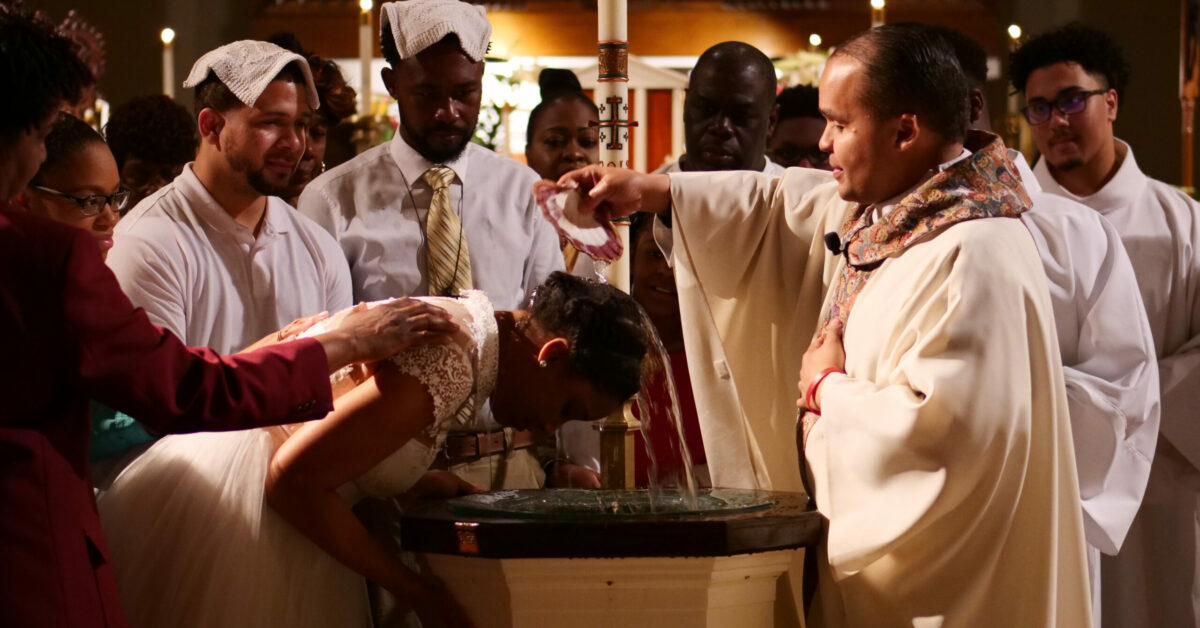

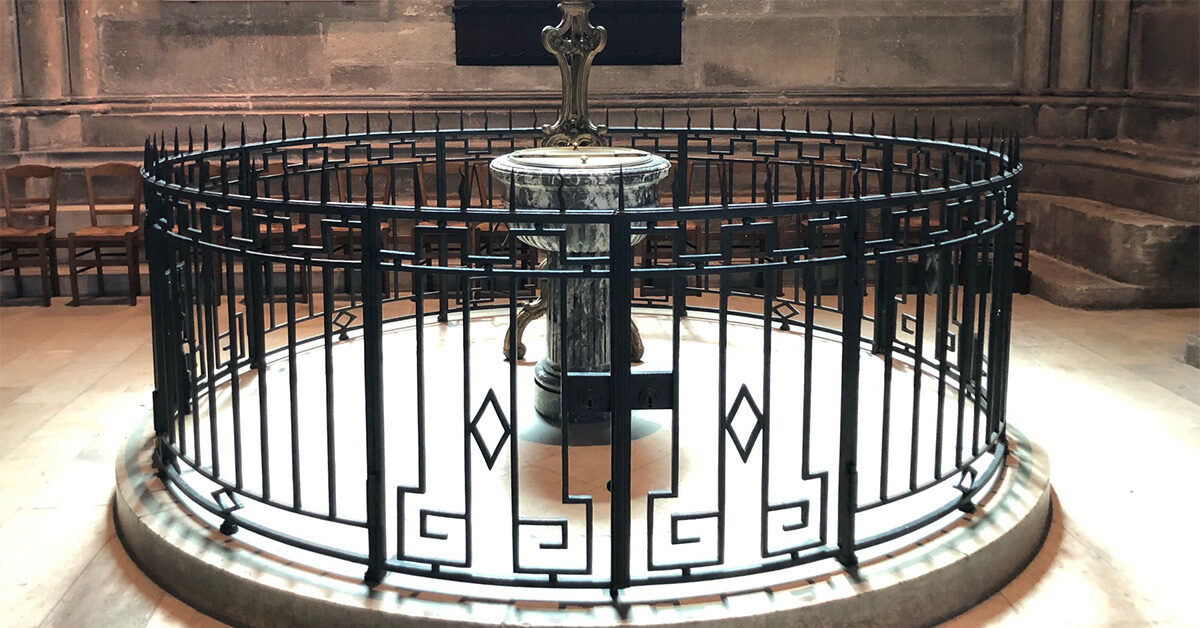

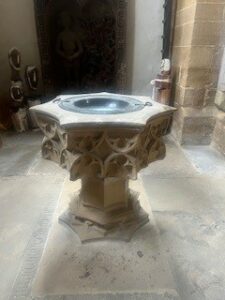

 all Memorial led to this sculpture, “Reconciliation.” There, juxtaposed to the no-man’s land between the wall’s divisions, it lies encouraging us to strive toward the vision of peace overcoming conflict. That is the imitation toward which the juxtapositions of the catechumenate should lead. “Now all things are of God, who has reconciled us to Himself through Jesus Christ, and has given us the ministry of reconciliation, that is, that God was in Christ reconciling the world to Himself (2 Corinthians 5:18-19).
all Memorial led to this sculpture, “Reconciliation.” There, juxtaposed to the no-man’s land between the wall’s divisions, it lies encouraging us to strive toward the vision of peace overcoming conflict. That is the imitation toward which the juxtapositions of the catechumenate should lead. “Now all things are of God, who has reconciled us to Himself through Jesus Christ, and has given us the ministry of reconciliation, that is, that God was in Christ reconciling the world to Himself (2 Corinthians 5:18-19).
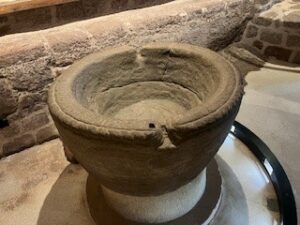


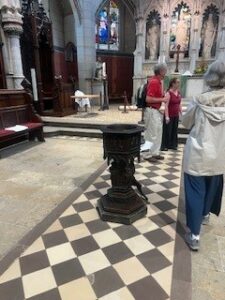 This first is a 12th Century font that is part of the museum at Wartburg Castle.
This first is a 12th Century font that is part of the museum at Wartburg Castle.
